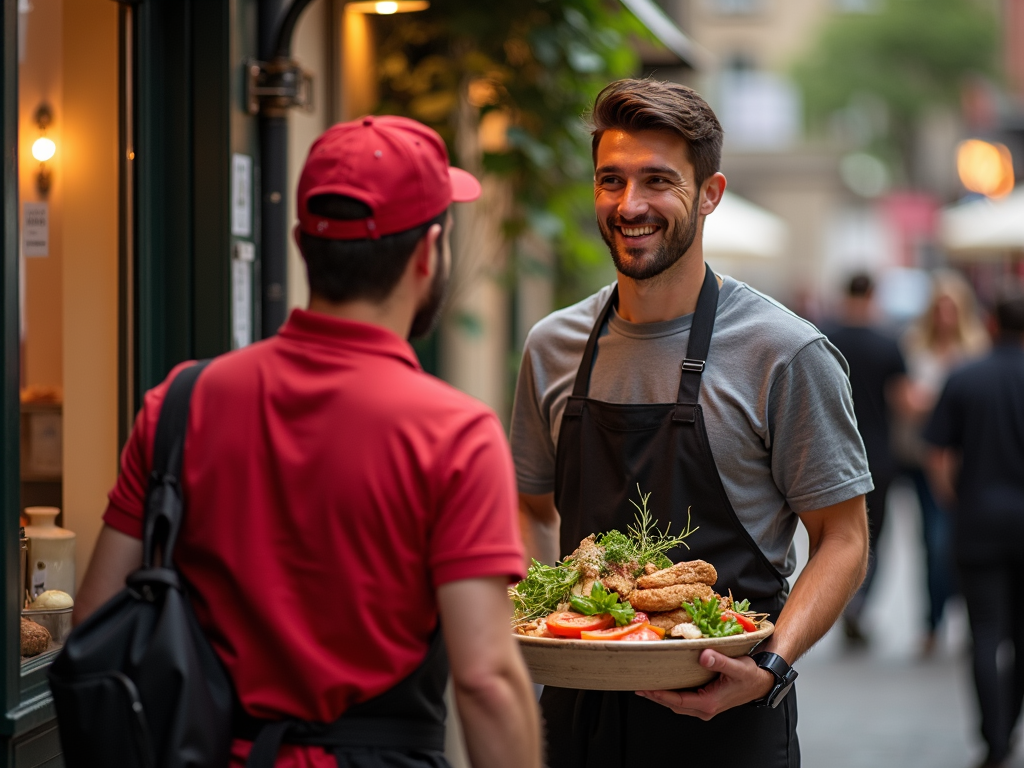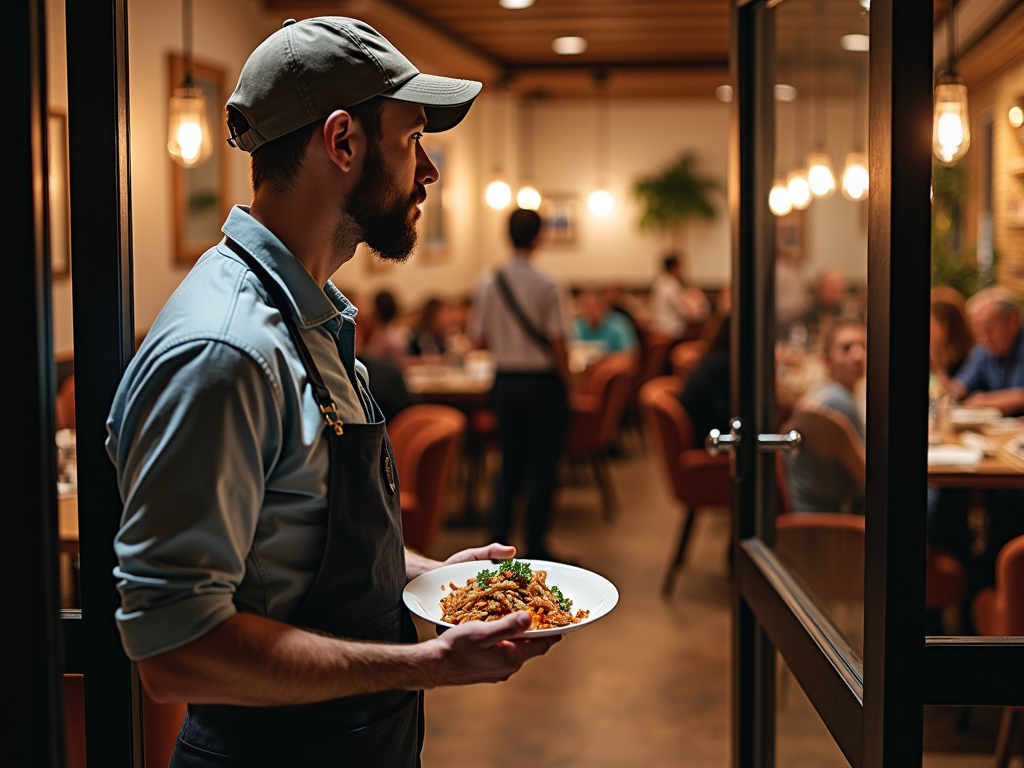The way we procure food has changed dramatically in recent years. With the growing popularity of food delivery services, traditional restaurant visits are facing new challenges. This article highlights both the technological and economic aspects, as well as consumer trends driving this development. Discover what the consequences of these changes are for investors and the restaurant sector, and how the industry is adapting to remain competitive.
Technology and Economy in Flux: The Struggle of Food Worlds

Continuous technological progress and the variety of economic challenges influence consumers’ decisions when it comes to choosing between food delivery services and restaurant visits. In this area, technology-based solutions and economic considerations play a central role in changing eating habits.
Technological innovations play a fundamental role in the world of food delivery services. Many companies have revolutionized their logistics through digitalization and automation. Fully automated logistics centers and the use of artificial intelligence not only optimize delivery routes but also ensure that customers always receive fresh products. The ability to manage the ordering process via apps and digital platforms has heightened consumer expectations regarding convenience and transparency. Meanwhile, restaurants have begun to keep pace with technological progress, introducing menus with QR codes and contactless payment systems. These technologies not only improve efficiency but also offer protection in a post-pandemic world.
From an economic perspective, food delivery services are experiencing a significant recovery, particularly since the onset of the COVID-19 pandemic. However, competitive pressure in this sector is high. Many providers continuously invest in innovations to establish themselves in a saturated market and earn their customers’ loyalty. Premium programs attract with free deliveries and discounts, although economic challenges remain, as margins are often reduced by commissions.
Restaurant visits, on the other hand, are influenced by different economic dynamics. Rising energy and labor costs, along with increasing VAT, push prices higher. Nevertheless, customers continue to value the social aspects and atmospheric experience of visiting a restaurant. This experience stands in stark contrast to the often anonymous and purely functional interaction with delivery services.
The choice between a relaxed dinner at home or a memorable meal at a restaurant ultimately depends on the individual preferences and priorities of customers. While technological development has made food delivery services more efficient and accessible, restaurant visits offer an incomparable social experience. Both options have their advantages and challenges, allowing consumers to decide which solution is best for their situation.
Consumer Preferences: The Evolution of Eating Habits and Expectations

Recently, ideas about eating habits and expectations regarding culinary experiences have changed significantly. The search for convenience, variety, and technological advancement by consumers has a notable impact on both the trend towards food delivery services and traditional restaurant visits.
A key aspect of this development is the growing focus on health and quality. Consumers are willing to spend more on healthy foods. This has led food delivery services and restaurants to adapt their menus to meet this demand, often emphasizing fresh and organic ingredients. Such offerings attract health-conscious customers and create differentiation in a crowded market.
Price sensitivity is another significant trend. Consumers are increasingly aware of price fluctuations, facilitated by social media information and price comparison websites. This pressure forces both delivery services and restaurants to develop specific strategies to remain competitive, such as offering discounts or more economical menus.
With advances in technological integration, AI-based apps have simplified the ordering and payment of meals, further enhancing convenience. Services like personalized recommendations based on previous behaviors and preferences strengthen customer loyalty and make ordering a seamless experience.
However, food delivery services face the challenge of potentially declining demand, as some consumers tend to opt for cheaper alternatives like discount stores to compensate for rising living costs. The willingness to shop directly at discount stores rather than paying higher delivery costs influences strategy and growth in the sector.
In contrast, restaurants are striving to offer an authentic and social experience that is complemented by innovative concepts such as communal tables or automated services. Such initiatives provide unique encounters that digital platforms find hard to replicate and emphasize the social aspect of dining out.
In conclusion, it is important to emphasize that both food delivery services and restaurants need to continue to adapt to maintain their relevance and competitiveness. The connection between health, technological innovation, and price will remain crucial for success in the future.